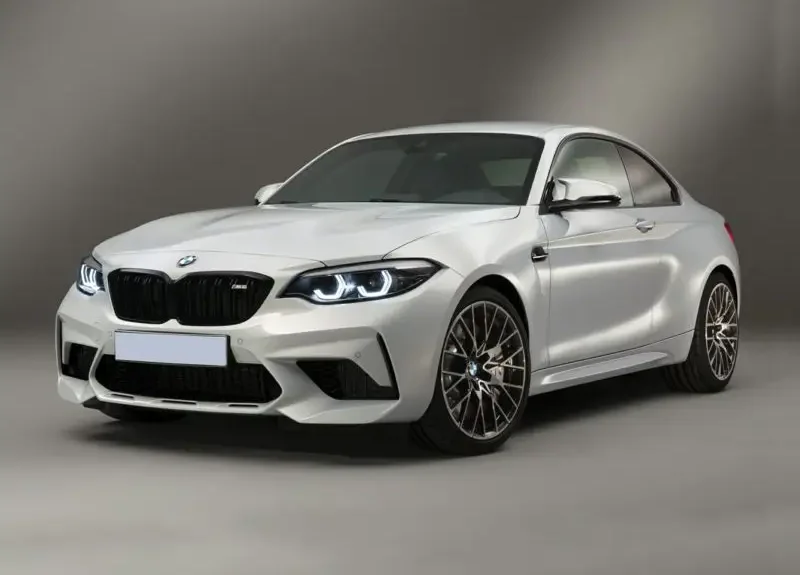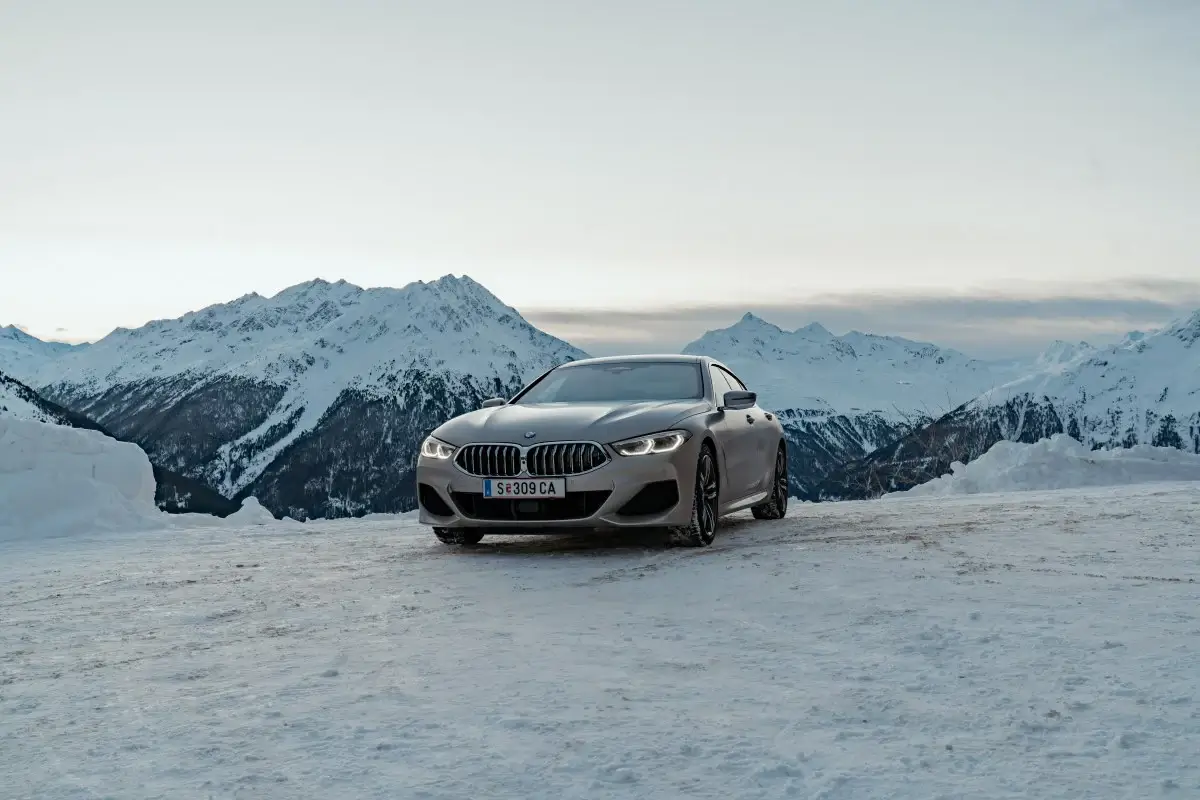
The German company BMW AG specializes in the creation of motorcycles and cars. At the disposal of the manufacturer, some divisions produce engines. The history of BMW began in 1913, but at the moment, the management owns brands such as Mini and Rolls-Royce and is among the top three in terms of sales among all global automotive brands.
The Beginning of the Path of the Largest Corporation
At the very peak of history, the future auto giant was two small aircraft engine companies founded in Munich by Karl Rapp and Gustav Otto. The firms were organized in 1913. These points are considered the beginning of the history of the German auto giant. Increased popularity came to them after the outbreak of the First World War. Otto and Rapp decide to join forces and merge the two businesses into a single branch called the “Bavarian Motor Works” or Bayerische Motoren Werke.
However, everything changes after the end of the war. According to the Treaty of Versailles, the production of aircraft engines is prohibited in Germany. Between the owners, the question arises of reforming the company’s main direction or transferring it to another territory. It was decided that the company would stop producing aircraft components and turn all attention towards motorcycle engines and later motorcycles themselves. However, it was not appropriate to talk about the business prospects of that time since things were not going well. As a result, the owners decide to sell the Bavarian Motor Plant.
In the early 1920s, Gotaer and Shapiro bought the future giant. Thanks to significant investments, they manage to take the plant to a new level by adding the car factory in Eisenach to it. After that, they acquired the rights to manufacture cars produced under the Dixi brand, which are converted British Austin 7 cars. As a result, the first BMW is nothing more than a subcompact Dixi, which was called the BMW 3/15 DA-2, but before that, it was produced more than 15,000 copies with the original title. The car had an advanced “stuffing”: an electric starter, a four-cylinder engine, and brakes on all wheels. Salon BMW could not be called the premium.
First Independent Steps – 1930-1936
The Great Depression makes adjustments to the development of the brand’s history. In difficult times, the plant “survived” only at the expense of previously acquired assets: the release of a licensed small car. But, even without special knowledge, it was clear that a manufacturer of high-quality aircraft engines could not limit itself to the production of someone else car. At this time, all engineers are connected to create their vehicles.
The first BMW, which entered the market under the auspices of its development, was the 303. He managed to make a real breakthrough and predetermine the future of the entire concern. So, at the start, BMW engines were advanced: the engine had six cylinders, with a power of 30 hp. and a volume of 1.2 liters. Despite the limited “horses,” the car turned out to be dynamic since the structure’s weight did not exceed 820 kilograms. At the same time, designers offer the main feature of the corporate design – two ovals in place of the radiator grille. A little later, the platform prepared for the 303 migrated to the models 309, 315, 319, and 329.
The Beginning of the Direction of the Sport – 1936
The past efforts are beginning to bear fruit. It was necessary to take a new step to lose its influence. In 1936, an impressive sports novelty, the BMW 328, appeared in the arena. It becomes clear that the factory has gathered the best minds of the automotive industry into a team. They propose adjusting to engineering developments: they introduce a tubular frame, an aluminum chassis, a hemispherical combustion chamber of the motor, which made it possible to increase the service life of valves and pistons.
At the moment, it is considered that this particular model became the beginning of the CSL line. Much later, in 1999, the 328 managed to enter the top 25 “Cars of the Century.” One hundred thirty-two automotive journalists from all over the world were involved as jury members. In addition, there were early achievements. So in 1938, he was recognized by the Mille Miglia; in 1939, he received titles from the RAC Rally and Le Mans 24.
1937 brings the treasury the range of the proposed field of BMW 327. The car was produced for a long time, breaking until 1955. Interestingly, they did not abandon their production even in the zone of Soviet occupation. At this time, cars were produced with two body types – coupe and convertible. At first, cars were equipped with a 55-horsepower engine. A little later, an alternative appeared – a more powerful 80-horsepower unit.
The latest model was based on a shortened frame from the 326 version. The BMW manufacturer installs all-wheel drive, metal elements are fixed on a wooden frame, and convertible doors open forward, while the coupe provides for a rear-opening structure. The rear and front windows are delimited into two parts to create the correct slope. An in-line engine from the 328 model, a pair of carburetors, and a chain drive is responsible for the dynamics. As a result, it is possible to increase the maximum acceleration to 125 km / h. – however, this is reflected in the price tag, which reaches 7,450-8,100 marks.
The Position of the Company During World War Ii
It was necessary to return to the previous developments in the production of aircraft engines during the Second World War when the company abandoned the production of cars in favor of equipping the army. In the post-war years, some enterprises were destroyed, and some fell into the zone of Soviet occupation, where they continued to produce cars from the remaining components.
According to the American plan, all the factories that could survive during the battles were demolished. The best BMWs might not have been born. To maintain platforms for the production of cars, the company retrained as a manufacturer of household goods, bicycles, and light motorcycles. It was this decision that became saving for the preservation of the German plant.
It was only in 1952 that they managed to return to the production of cars. Pre-war developments were raised, and the 501 models with a 2.0-liter engine with a capacity of 65 horsepower got on the conveyor. The top speed of this version reached 135 km / h, but it was still far from the analogs of Mercedes-Benz BMW. The Bavarian plant could boast of the proposed innovations: the use of lightweight materials curved glass. But, despite all the efforts, the model did not find world recognition, and the demand for the range was constantly falling, which brought the company closer to complete bankruptcy.
The Second Wind of the Automobile Plant – 1952-1958
The automaker decides to concentrate on mass production. Isetta, with an original appearance, became a striking model. The peculiarity was the ability to open only the front of the body and minimal dimensions. At the same time, it was possible to make the car as cheap and affordable as possible for moving over short distances. It is noteworthy that it was equated with motorcycles in some countries, and it was possible to drive it without a car license. A 0.3-liter engine with 13 hp was used as an engine, which could accelerate the car to 80 km / h. Plus, you could buy a trailer for one and a half beds, which allowed you to travel. A cargo version with a small trunk was later released as an alternative. The latter became the “signature” car for the police. By the 60s, 160,000 pieces of equipment were produced.
Further Development of the Brand – 1955-1959
At the Frankfurt Motor Show in 1955, a novelty was shown – the BMW 503. The peculiarity was the rejection of the central pillar, the appearance of a 140-horsepower engine, and a top speed of 190 km / h. This car turned out to be expensive, so its demand was not so great. The price tag was 29.5 thousand marks, so only 412 units were sold.
The 507 Roadster version, designed by Albrecht Hertz, entered the market a year later. The car reached a speed of 220 km / h thanks to a 3.2-liter V8 engine with 150 hp. They issued 252 copies. BMW photos appear even in the service documentation of Germany Elvis Presley.
New Ups and Downs – 1959-1965
1959 was declared a new crisis year for the company. The manufacturer is committed to producing premium cars that are not in high demand. In this regard, the cash flow is again not enough. On December 9, 1959, the Board of Shareholders concluded that it is necessary to sell the company to a competitor – Daimler-Benz. The only attempt to resume work was assigned to the BMW 700 with a body from Italian designers. As a result, the model managed to “pull” the company out of the financial crisis.
In 1961, profits made it possible to organize a new production – and the BMW New Class 1500 entered the arena. The latter’s appearance made it possible to finally strengthen the brand’s title as a manufacturer of premium cars. 1500 was distinguished by its striking appearance, in which Hofmeister’sHofmeister’s handwriting was easily read. There was a recognizable bend on the rear roof pillar, and the front part boasted a signature grille. Under the hood were several motors from 75 to 80 horsepower. Acceleration to “hundreds” took 16.8 seconds. The maximum speed was 150 km / h. The popularity of this model went off the scale so much that additional factories had to be opened for production.
Already next year, the company is launching a new car on the market – the BMW 3200 CS, which Bertone had a hand in creating. This model was the beginning of the Cline. The presence of this letter spoke of a two-door body. Four years later, an improved model entered the market with an automatic transmission. Later, it is possible to increase the maximum speed to 200 km / h horsepower to 170.
The 70s became the era of technological progress. The BMW 3, 5, 6, and 7 series appeared at that time. Special attention is riveted to the BMW 5 Series, which will become the ancestor of the direction of comfortable cars. It was the 5-series that managed to move away from the sports niche. Two years later, the German “classic” appears on the market – BMW 3.0 CSL, which became the basis of the M-direction. In the original version, the car was produced with six cylinders, 180 hp. and a volume of 3.0 liters. The car’s weight was 1,165 kg, making it possible to accelerate the vehicle to 100 km / h in 7.4 seconds. In August 72, an innovative system with electronic injection control, Bosch D-Jetronic, was proposed. The power limit has increased to 200 km / h, and the acceleration time has been reduced by half a second.
Further models were presented with 206, 340, and 430 horsepower capacity with enhanced aerodynamic packages. He received the name “Batmobile” and repeatedly became the winner of the “Touring” competition. The motor used will later be put on the BMW M5 and M1. ABS was tested on this model, later included in the BMW 7 series.
Further Development of Modifications – 1974 – Present
In 1974, a production car with a turbocharged supercharger appeared – 2002 Turbo. Four years later, a sports modification appears with a central engine. As a result, 455 copies were produced, 56 of which participated in the race. In 1976, the BMW 6 business class coupe appeared. At the turn of the 90s, the BMW 8 series is in the spotlight. After the collapse of the Soviet Union, a flood of German cars poured into Russia. Only wealthy people could afford them. So, the purchase of a BMW E39 was the height of prestige.
For many years, engineers have been improving designs, releasing new and new models, and studying the demand for categories. In 1999, the BMW X5 entered the arena – the company company’s first SUV. The appearance causes a stir at the auto show in Detroit. The main difference was the appearance of impressive ground clearance, all-wheel drive, traction control. The manufacturer emphasizes that, despite the status of an SUV, the model is ideal for driving on asphalt, giving odds to passenger cars. Diesel has become a unique advantage of BMW.
In 2000-2003, the company offered its customers a unique two-seater BMW Z8 sports car, a two-seater sports car that became the property of brand collectors and is recognized as the most beautiful of all previously produced brand cars. The design received references to one of the first 507 models produced at the beginning of the 21st century. She took part in the film “And the whole world is not enough” about Bond.
Currently, the company is striving to occupy a leading niche in the development of electric vehicles. The first in this area are the i3 hatchback and the i8 coupe, shown in 2011. Two years later, sales started in the public domain, and BMW’s characteristics were almost immediately recognized as a reference.
In Russia, sales of the company’s cars began only in 1993. At the moment, the range of vehicles sold is quite broad. For example, a bright BMW X1 is very popular among connoisseurs of compact crossovers. The five-door hatchback F20, which is based on the BMW 1 series, is slightly smaller. Between the 1st and 3rd series, the BMW 2 series is located, presented in the body of a coupe, convertible, extended convertible, and compact van. Models such as BMW X3, BMW X6, and BMW X7, presented as compact, medium, and full-size crossovers, respectively, help save the luxury name.















